Along the rugged shores of North America’s Pacific coast, a quiet ecological disaster has been unfolding since 2013. Sea stars, those iconic multi-armed creatures of tide pools and coastal waters, began mysteriously disappearing at an alarming rate. What started as occasional sightings of disintegrating sea stars escalated into one of the largest marine wildlife die-offs ever recorded. This devastating phenomenon, known as Sea Star Wasting Syndrome (SSWS), has fundamentally altered coastal ecosystems from Alaska to Mexico. The dramatic decline of these keystone predators presents a complex ecological mystery that scientists are still working to fully understand—one that carries profound implications for ocean health and coastal ecosystems in an era of climate change.
The First Signs of Trouble

The crisis first caught researchers’ attention in June 2013 when divers and tide pool visitors in Washington state began reporting unusual numbers of sick and dying sea stars. These animals weren’t just dying—they were literally wasting away before observers’ eyes. Affected stars developed lesions on their bodies, followed by the grotesque deterioration of tissue that caused their limbs to twist, detach, and disintegrate. In many cases, entire sea stars would transform from healthy specimens to piles of decaying tissue in just a matter of days. By August 2013, researchers at the University of California, Santa Cruz had documented the syndrome at sites from Alaska to Southern California, indicating that something unprecedented was occurring along the entire West Coast.
Understanding Sea Star Wasting Syndrome
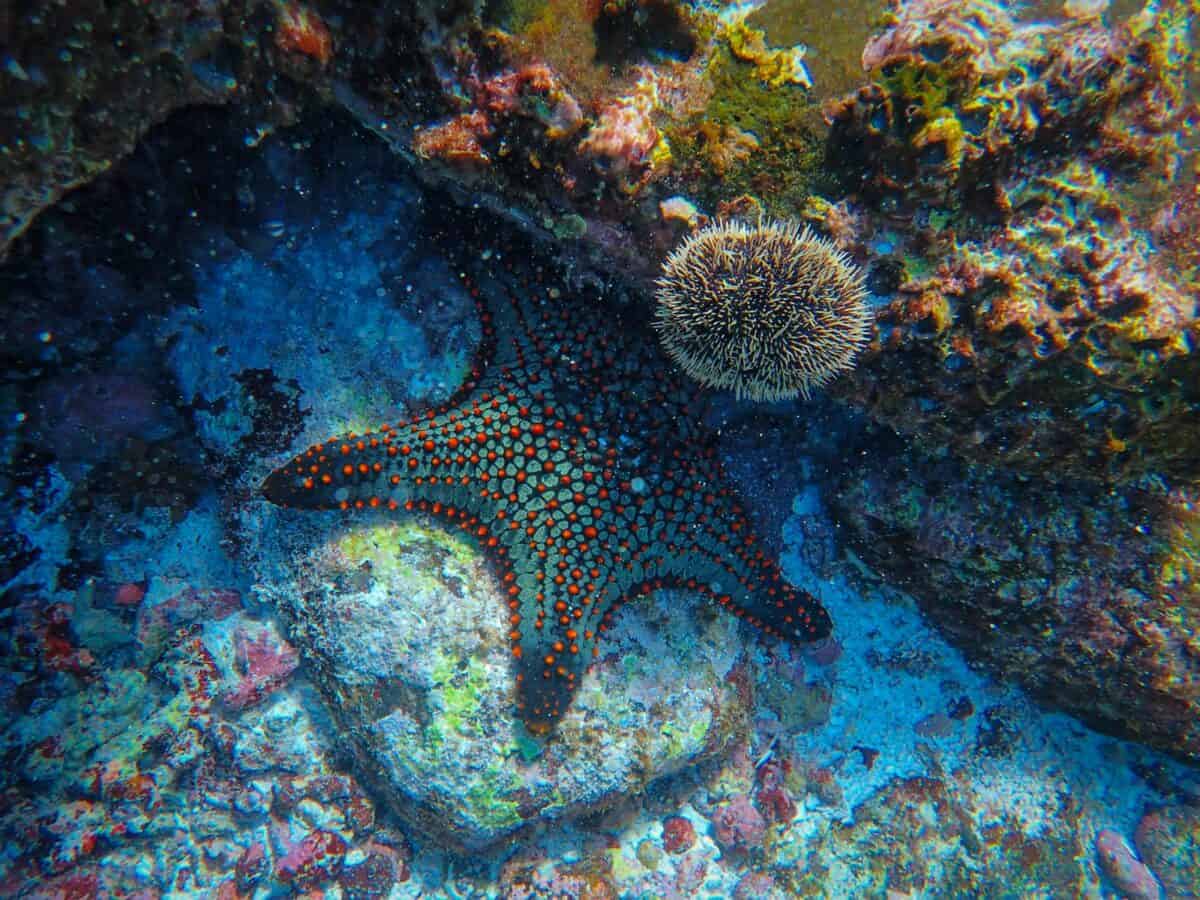
Sea Star Wasting Syndrome manifests in a distinctive and disturbing progression. Initially, affected sea stars develop white lesions on their surface that quickly expand across their bodies. As the condition progresses, the tissue around these lesions begins to decay, giving the animals a melting appearance. The sea stars’ internal hydrostatic pressure—which they rely on for movement and maintaining body structure—fails, causing their arms to twist abnormally. In the final stages, the animals completely disintegrate, often with arms detaching from the central disc and the body literally falling apart. The speed of this progression is particularly alarming, with some sea stars going from apparently healthy to completely disintegrated in under 24 hours. While instances of wasting disease had been observed in sea stars before, the geographic scope, multiple species affected, and intensity of this outbreak was entirely unprecedented.
Species Most Severely Impacted
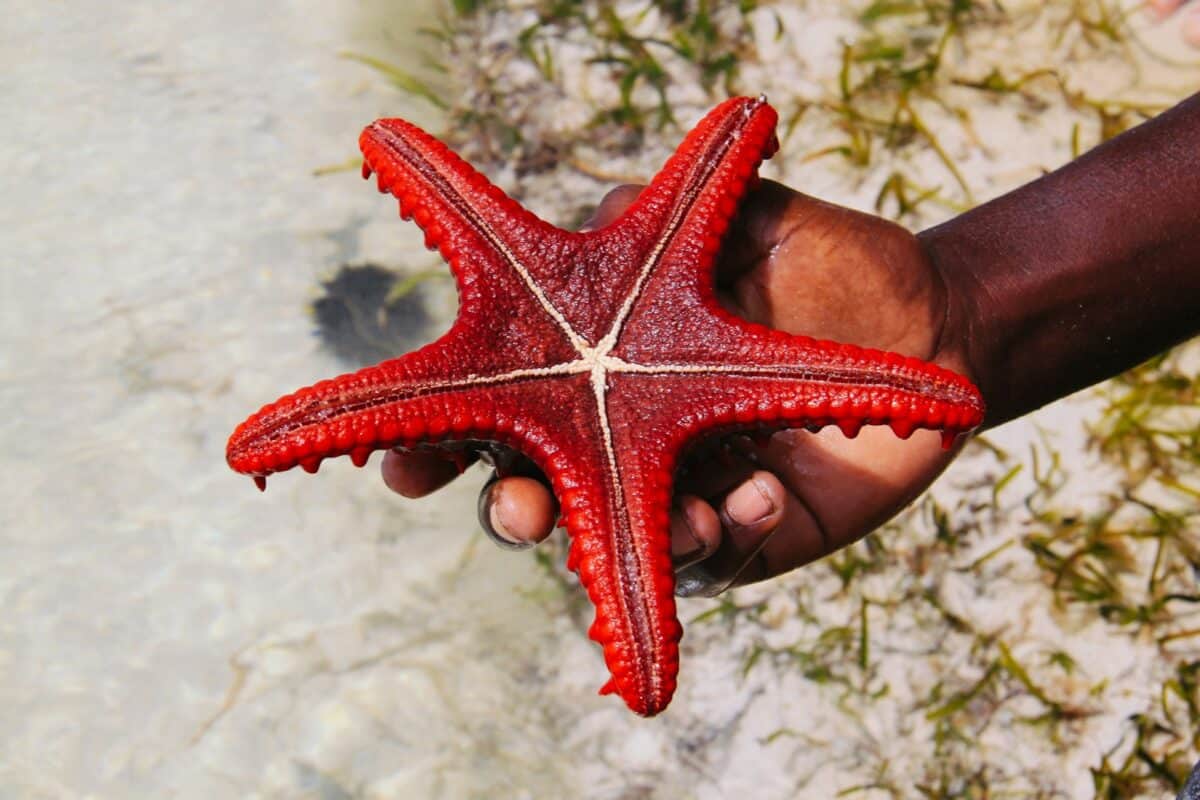
While over 20 species of sea stars have shown symptoms of the wasting syndrome, certain species have been disproportionately affected. The ochre sea star (Pisaster ochraceus), a purple or orange species common in intertidal zones, was among the hardest hit, with population declines of 80-99% in many regions. This species is particularly important as it serves as a keystone predator, controlling mussel populations that would otherwise dominate rocky shorelines. The sunflower star (Pycnopodia helianthoides), one of the world’s largest sea stars with up to 24 arms and measuring up to a meter in diameter, has virtually disappeared from its entire range. Once abundant throughout the Northeast Pacific, this species has suffered catastrophic population collapse, with declines exceeding 90% throughout its range, leading to its classification as Critically Endangered by the International Union for Conservation of Nature in 2020. Other heavily impacted species include the rainbow star (Orthasterias koehleri) and the giant pink star (Pisaster brevispinus).
The Viral Culprit
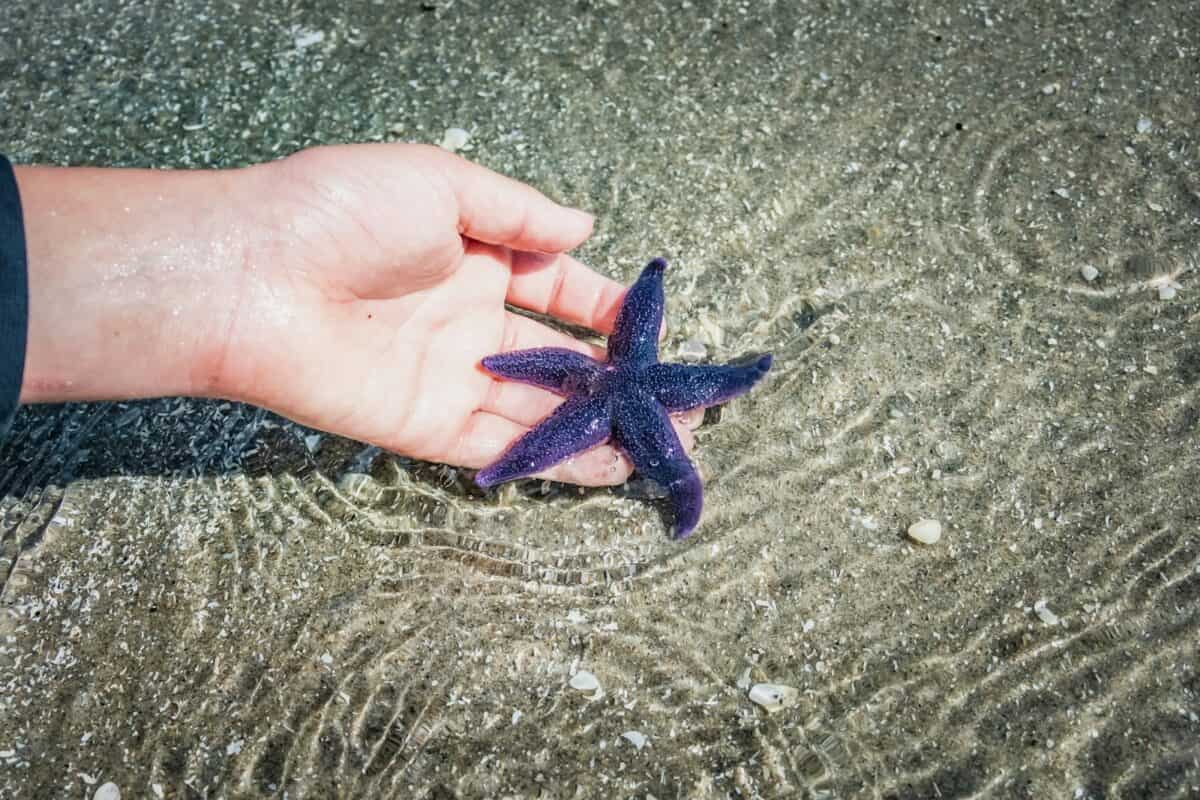
After years of investigation, researchers identified a likely primary cause of the wasting syndrome: a virus. In 2014, scientists from Cornell University isolated a densovirus, which they named sea star-associated densovirus (SSaDV), that appeared strongly associated with the wasting disease. This pathogen, part of the Parvoviridae family, was found in higher concentrations in sick sea stars compared to healthy ones. Experimental evidence strengthened this connection when tissue samples from infected stars transmitted the disease to healthy specimens. Interestingly, researchers discovered that this virus wasn’t new to marine environments—it had been present in museum specimens of sea stars collected as far back as 1942. This raised an important question: if the virus had been present for decades, why did it suddenly trigger such a catastrophic epidemic? This mystery pointed toward the likelihood that environmental factors were making sea stars more susceptible to a pathogen they had previously been able to resist.
Environmental Triggers and Climate Change

The timing and severity of the wasting syndrome coincided with notable oceanic anomalies along the Pacific Coast. Between 2013 and 2016, an unusual warm water mass nicknamed “The Blob” persisted in the northeastern Pacific, raising sea surface temperatures by 2-3°C above normal. This warming event stressed marine organisms and altered oceanic chemistry in ways that may have increased sea stars’ vulnerability to pathogens. Research published in the Proceedings of the National Academy of Sciences found that the progression of the wasting disease accelerated in warmer water, with affected sea stars deteriorating faster at higher temperatures. Other environmental stressors potentially contributing to the epidemic include ocean acidification, pollution, and changes in ocean chemistry that may have compromised sea stars’ immune systems. While the exact interplay between these factors remains under investigation, the correlation between warming ocean temperatures and disease severity suggests climate change may be an important contributing factor in turning a previously manageable virus into a devastating epidemic.
Ecological Consequences

The mass die-off of sea stars has triggered profound ecological ripple effects throughout coastal ecosystems. Sea stars, particularly the ochre star, function as keystone species whose predatory activities maintain biodiversity by preventing certain prey species from dominating the environment. With these predators removed, dramatic community shifts have been observed. Studies along the Oregon and Washington coastlines have documented a substantial increase in mussel populations—a primary food source for ochre stars—leading to what ecologists call “mussel takeovers” where these bivalves crowd out other species. In subtidal habitats, the loss of sunflower stars has allowed sea urchin populations to explode unchecked. These urchins voraciously consume kelp, creating “urchin barrens”—areas once dominated by lush kelp forests transformed into underwater deserts with little biodiversity. Kelp forests aren’t just important marine habitats; they also sequester carbon, provide nursery areas for commercially important fish species, and buffer coastlines from storm impacts. The loss of sea stars thus demonstrates how the decline of a single group of predators can fundamentally restructure entire ecosystems.
Monitoring and Research Efforts
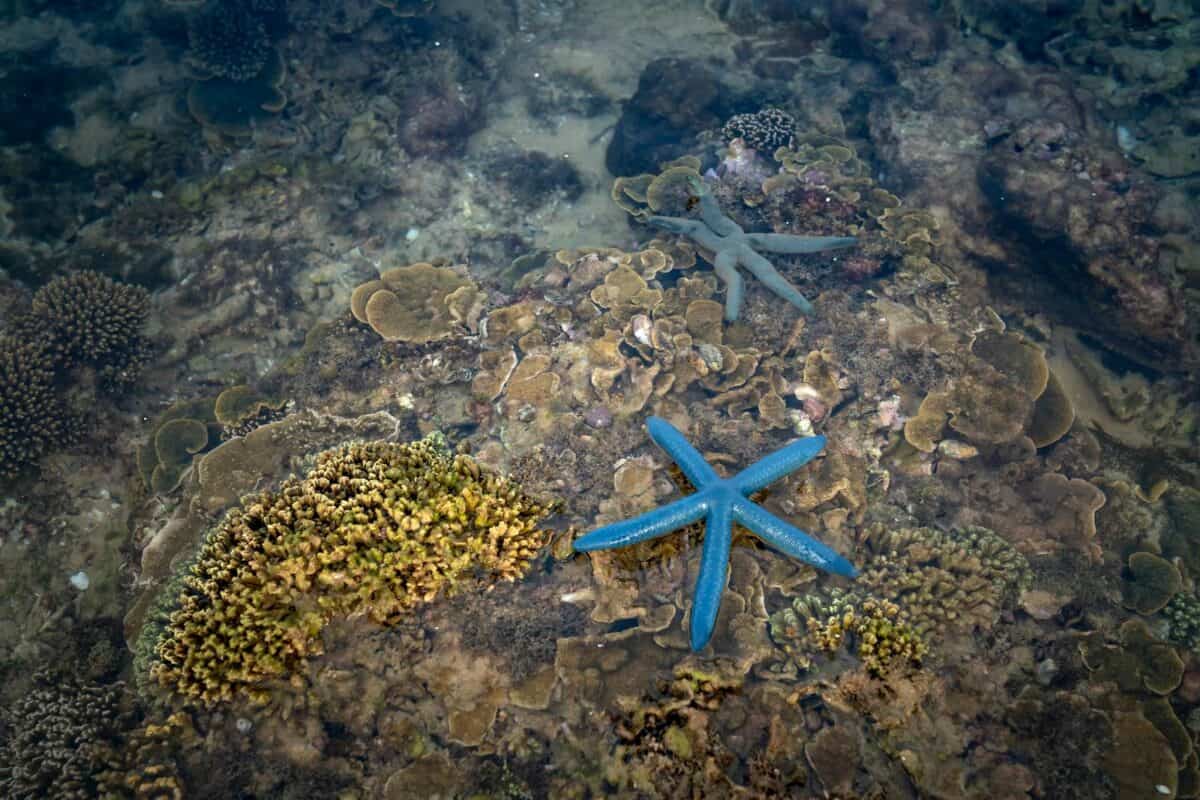
In response to the wasting syndrome, an unprecedented monitoring network emerged, combining the efforts of professional scientists, conservation organizations, and citizen scientists. The Multi-Agency Rocky Intertidal Network (MARINe) established systematic monitoring protocols at over 200 sites spanning the entire affected coastline. Additionally, the University of California, Santa Cruz created a citizen science platform where beachgoers and divers could report observations of healthy and diseased sea stars. This collaborative approach has generated one of the most comprehensive datasets ever assembled for a marine disease outbreak, with over 10,000 observations recorded between 2013 and 2022. Research institutions including the University of Washington, Oregon State University, and the Vancouver Aquarium have conducted laboratory studies to understand the disease’s progression, transmission mechanisms, and potential treatments. This coordinated response has provided valuable insights into how marine disease outbreaks propagate and how environmental changes can trigger widespread ecological disturbances.
Signs of Recovery

Despite the devastating impact of the wasting syndrome, some encouraging signs of recovery have emerged in certain regions. Beginning around 2015, researchers began documenting substantial recruitment of juvenile sea stars, particularly ochre stars, in various intertidal areas from British Columbia to Central California. These young sea stars appeared to show greater resistance to the wasting syndrome than adult populations had exhibited. A 2018 study published in the journal PLOS ONE suggested that natural selection might be occurring, with surviving sea stars passing on genetic traits that confer some resistance to the pathogen. Genetic analysis of juveniles that survived the epidemic revealed differences in genes related to immune function compared to pre-epidemic populations. However, recovery remains patchy and incomplete. While some species like the ochre star show modest rebounds in certain locations, others like the sunflower star remain functionally extinct throughout much of their historical range. This uneven recovery underscores the complex interactions between disease dynamics, environmental conditions, and species-specific vulnerabilities.
Conservation and Restoration Initiatives

As natural recovery proves slow and uncertain, conservation organizations and government agencies have initiated proactive efforts to assist sea star populations. The Nature Conservancy, in partnership with the University of Washington, launched a captive rearing program for sunflower stars in 2019, successfully cultivating juveniles in laboratory settings with the aim of eventual reintroduction to the wild. The National Oceanic and Atmospheric Administration (NOAA) designated the sunflower star as a “Species in the Spotlight,” directing additional resources toward its conservation. Marine protected areas along the coast have become increasingly important as potential refuges where sea star populations might rebuild with minimal human disturbance. Additionally, organizations like the Puget Sound Restoration Fund have incorporated sea star conservation into broader marine habitat restoration initiatives, recognizing the interconnected nature of coastal ecosystems. These multifaceted conservation efforts represent a race against time as scientists work to prevent permanent ecological shifts before sea star populations can naturally recover.
Lessons from Other Marine Disease Outbreaks
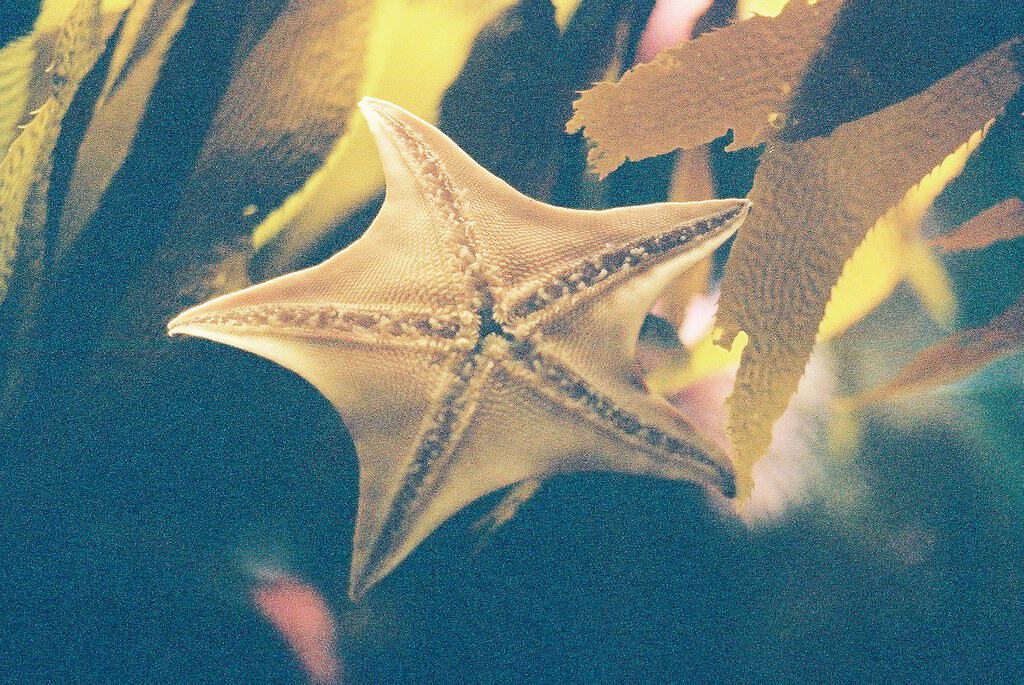
The sea star wasting epidemic joins a growing list of marine disease outbreaks that have increased in frequency and severity over recent decades. Similar mass mortality events have affected marine mammals, corals, oysters, and numerous fish species. The Caribbean sea urchin die-off of the 1980s provides a particularly relevant parallel, where the keystone herbivore Diadema antillarum suffered a 98% population collapse due to disease, resulting in coral reefs being overgrown by algae. Across these diverse examples, scientists have identified common factors that often combine to trigger outbreaks: warming ocean temperatures, pollution, habitat degradation, and increased pathogen transmission due to globalization. The complexity of these interactions makes prevention challenging but underscores the importance of addressing multiple stressors simultaneously. The sea star wasting syndrome, with its comprehensive documentation and widespread public engagement, has become an important case study for understanding how marine diseases emerge, spread, and potentially reshape ecosystems, providing valuable insights that may help predict and mitigate future outbreaks.
The Role of Citizen Science

One remarkable aspect of the response to the sea star wasting syndrome has been the extraordinary contribution of citizen scientists. When the crisis began, professional marine biologists were limited in their ability to monitor such a geographically vast event. In response, organizations created user-friendly platforms where everyday coastal visitors could document their observations. The “Sea Star Wasting Syndrome Observation Log” allowed people to upload photos and location data through a simple web interface, while beach survey programs trained volunteers to conduct systematic monitoring using standardized protocols. By 2020, citizen scientists had contributed over 87% of the total observations in the central database managed by UC Santa Cruz. These contributions not only provided crucial data about the outbreak’s progression but also engaged coastal communities directly in marine conservation. The experience demonstrates how democratizing science through public participation can dramatically expand research capacity during environmental crises. Several of the most significant discoveries about the syndrome, including its earliest appearance in certain regions and the first signs of recovery, were initially documented by attentive citizen observers rather than professional researchers.
Future Research Directions

As scientists continue investigating this complex ecological crisis, several key research priorities have emerged. Genomic studies are exploring whether genetic variations explain why some individual sea stars survived while others succumbed to the wasting syndrome. Researchers are conducting multi-year experiments to determine if surviving populations are passing disease resistance to offspring, potentially accelerating evolutionary adaptation. Environmental monitoring programs aim to identify precisely which water quality parameters and temperature thresholds correlate with disease outbreaks, helping to develop early warning systems. Microbiome research is examining whether beneficial bacteria might protect some sea stars from infection, potentially leading to probiotic interventions. Additionally, ecologists are documenting the cascading effects of sea star declines on kelp forests, trying to determine whether alternative predators might partially fill the ecological roles once performed by sea stars. These diverse research efforts share a common goal: understanding not just what happened to the sea stars, but building predictive frameworks that might help prevent similar ecological disasters in the future as marine environments continue facing unprecedented pressures from climate change and other human impacts.
Conclusion: The Continuing Mystery and Its Broader Implications

The mysterious disappearance of sea stars along North America’s west coast represents far more than the decline of a beloved tidepool creature—it serves as a profound warning about the fragility of marine ecosystems in a changing world. A decade after the crisis began, scientists have made significant progress in understanding the complex interplay between viral pathogens, environmental conditions, and host susceptibility that triggered this ecological catastrophe. Yet the story remains incomplete, with recovery proving slow and uneven across different species and regions. The wider implications of this event extend beyond sea stars themselves, highlighting how the loss of keystone species can rapidly reconfigure entire ecosystems with consequences that ripple through food webs and even impact human communities dependent on healthy oceans. As climate change continues altering marine environments in unprecedented ways, the sea star wasting syndrome may represent not an isolated incident but a harbinger of similar ecological disruptions to come—making the lessons learned from this ongoing crisis all the more valuable for conservation efforts worldwide.
- Do Animals Dream? What Research Reveals - August 18, 2025
- The Golden Eagle of Utah – A Majestic Hunter of the High Desert - August 18, 2025
- The Mammal That Can Survive the Longest Underwater Without Air - August 18, 2025

